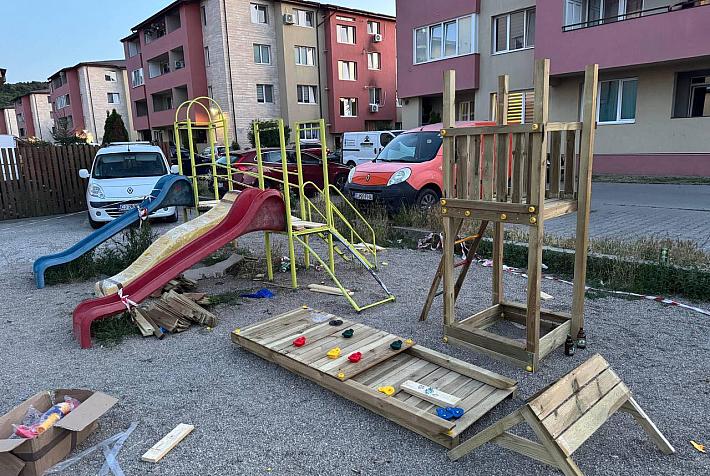Report: Romania’s anti-drug strategy fails as number of users increases

Romania's 2005-2012 National Anti-Drug Strategy (SNA), aimed at reducing drug use, seems to have failed, as the number of consumers increased between 2012 and 2013. The National Anti-Drug Agency carried out this strategy.
A report of the Court of Accounts presents several irregularities in the National Anti-Drug Agency’s collaboration with other institutions with responsibilities in this field. These irregularities led to an increase in the number of drug users, despite the existence of a national strategy and an action plan.
An integrated system of institutions and public services was supposed to operate in Romania at the end of the strategy implementation period (2005-2012). This system was to ensure a reduction in the incidence and prevalence of drug use among the general population, medical, psychological and social care for drug users and streamline activities to prevent and combat illicit production and trafficking of drugs, according to the report.
SNA’s purpose was to keep drug use at a low level and reduce the number of new users in a second stage, while reducing drug-related organized crime.
According to auditors of the Court of Accounts, the 2005-2012 SNA hasn’t been developed based on specific, measurable, relevant and achievable criteria. Moreover, it failed to set out measurable indicators for the 2005-2008 and 2010-2012 action plans, to assess to what extent it conducted activities and achieved the specific objectives.
One of the reasons for failing at reducing drug use could be the lack of a distinct budget, which the SNA should have received, reads the report. Other negative factors appeared however during the strategy implementation. One of them is the National Anti-Drug Agency’s reorganization in 2009, which triggered several problems, such as the inability to implement major projects with significant external or internal funding.
The Agency also got to the point where it was not able to ensure uniform coordination of the fight against illicit drug trafficking, carried out by other state institutions and NGOs.
The report also highlights the bad collaboration between the Agency and other institutions involved in implementing the strategy. Some of these institutions failed to deliver relevant information to the Agency or sent inconclusive data.
Despite all these, the Agency managed however to implement part of the strategy’s objectives, according to Court of Accounts’ representatives. The full Court of Accounts report is here (in Romania, in pdf).
Irina Popescu, irina.popescu@romania-insider.com











